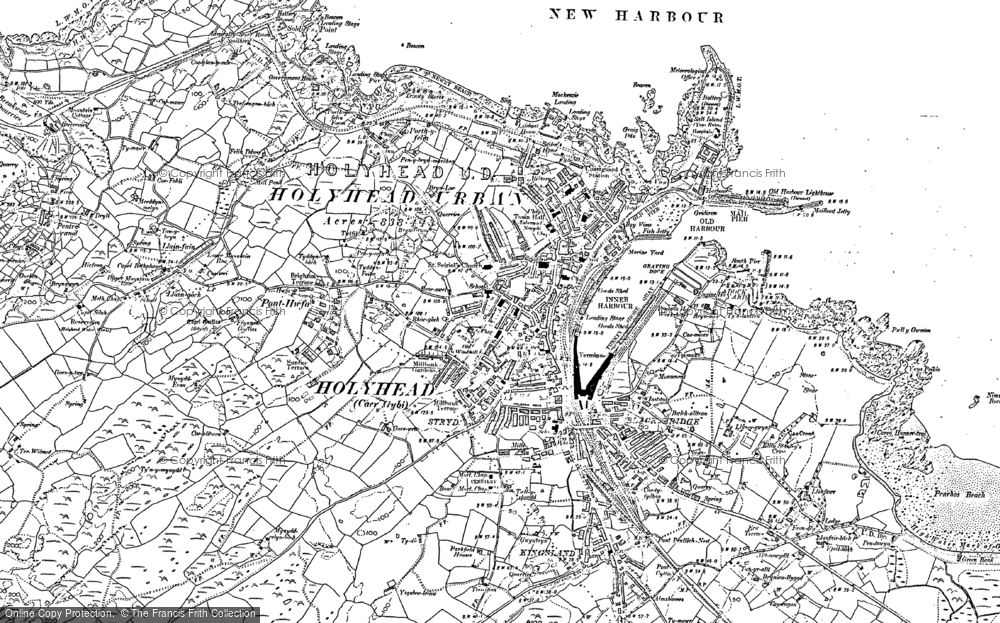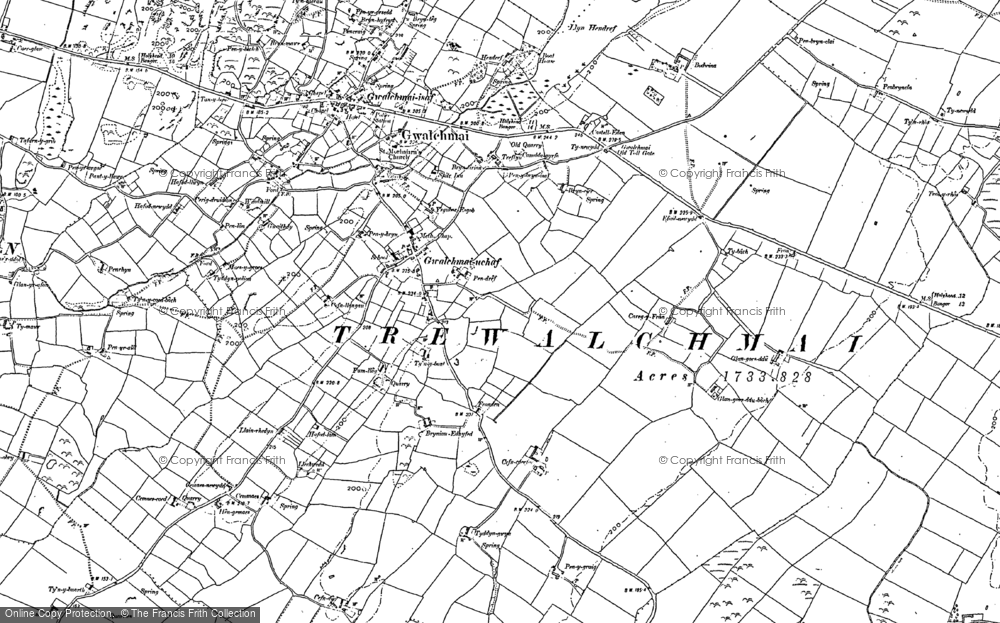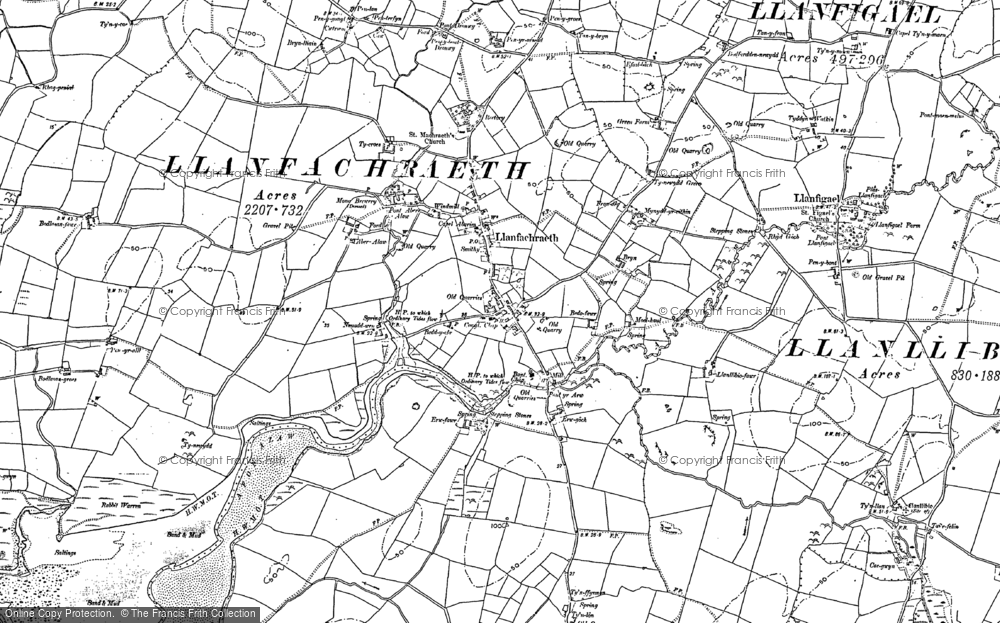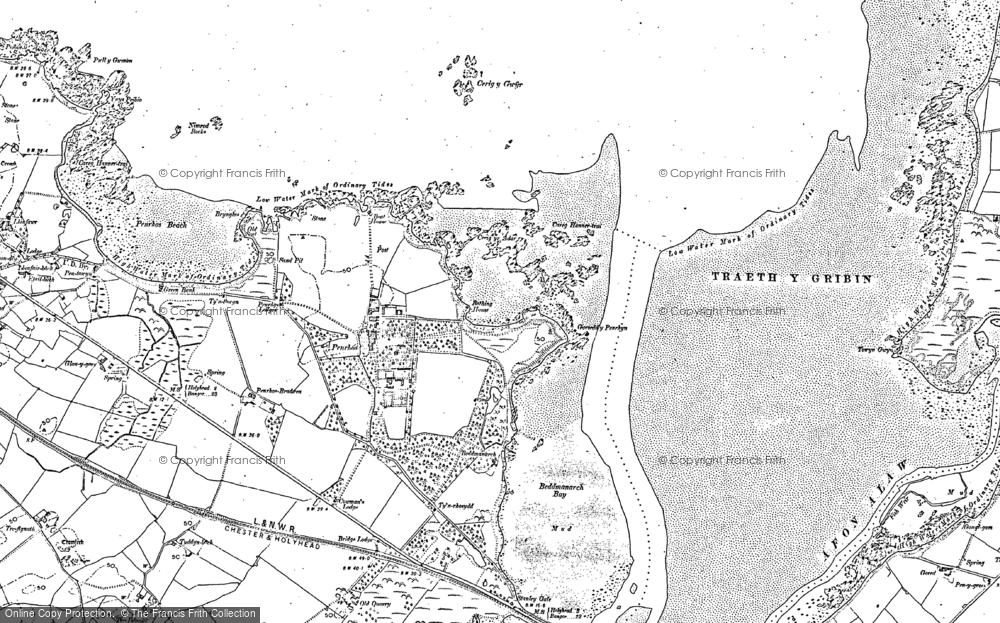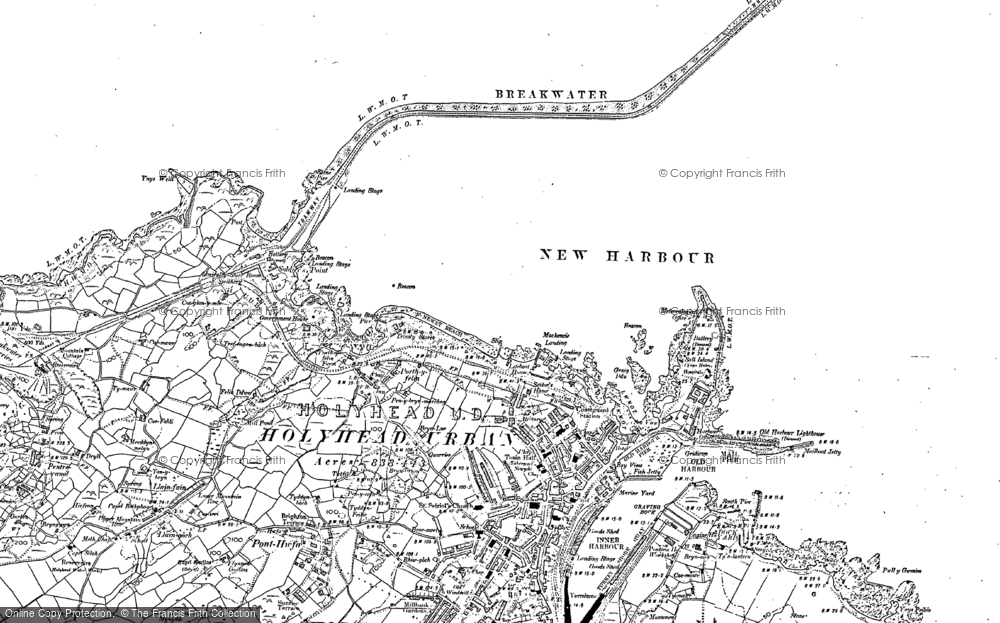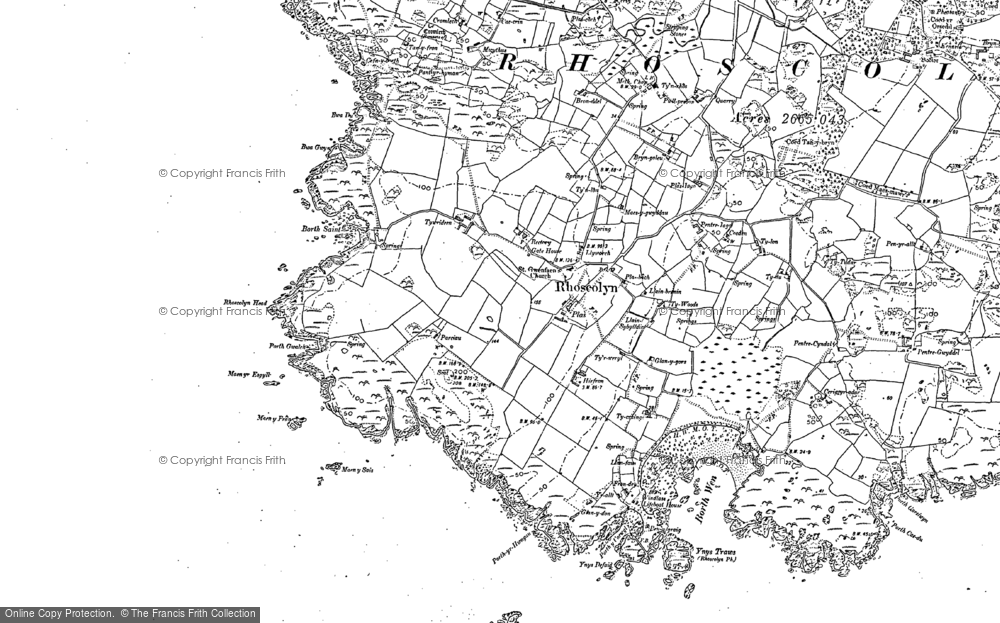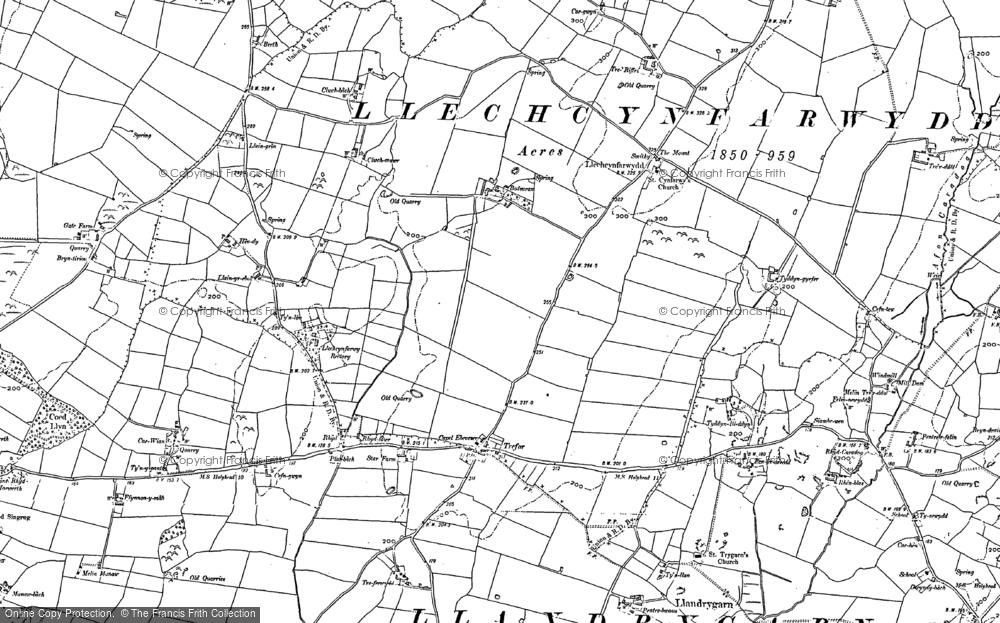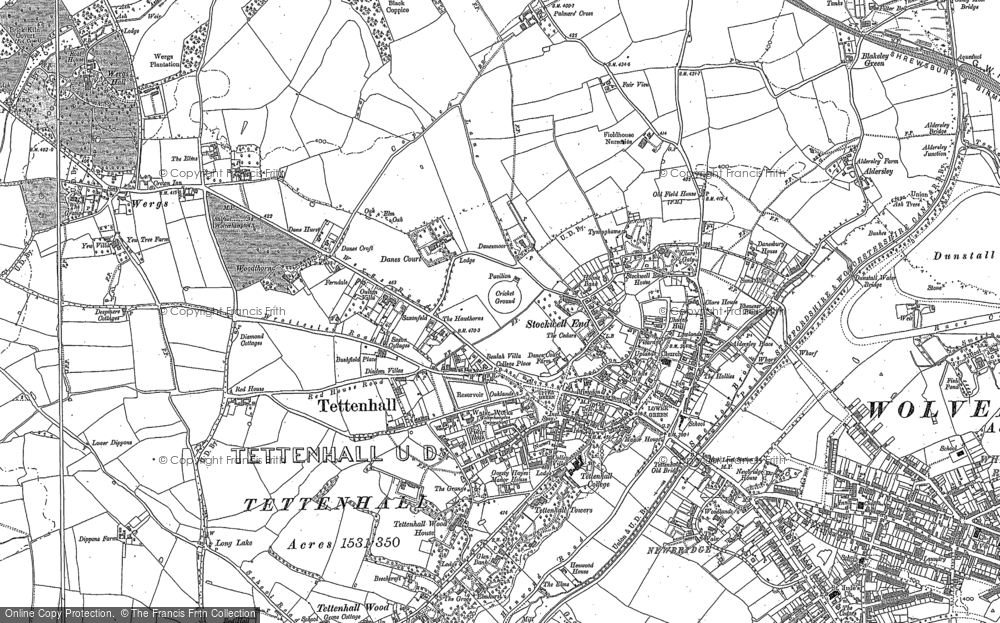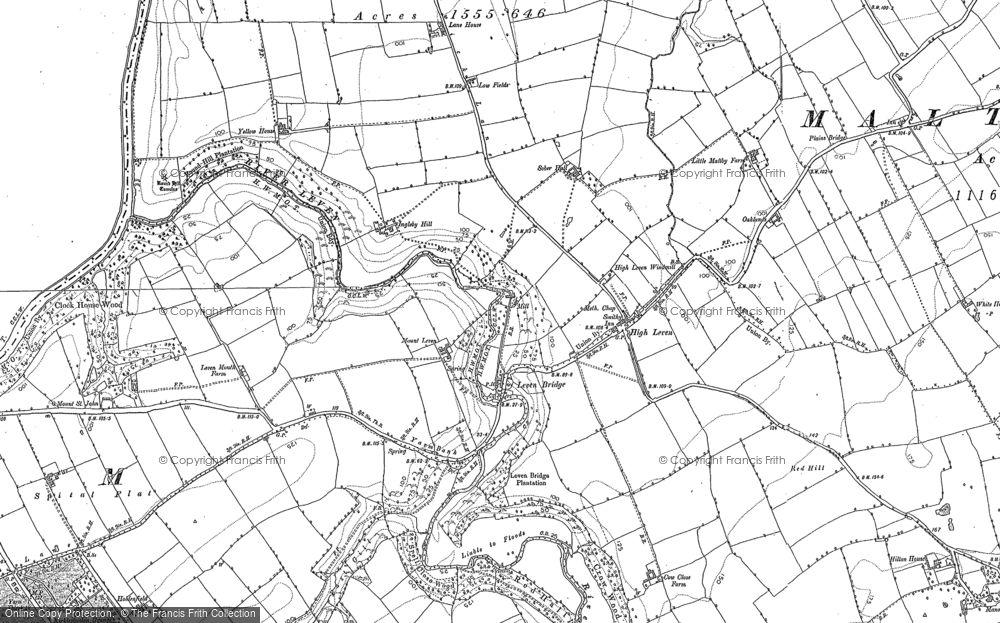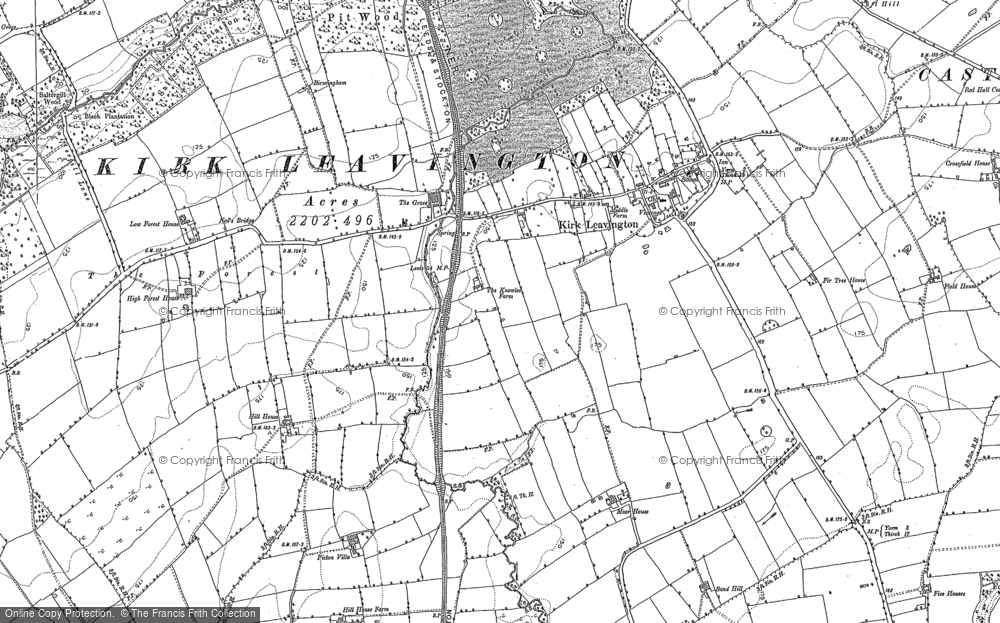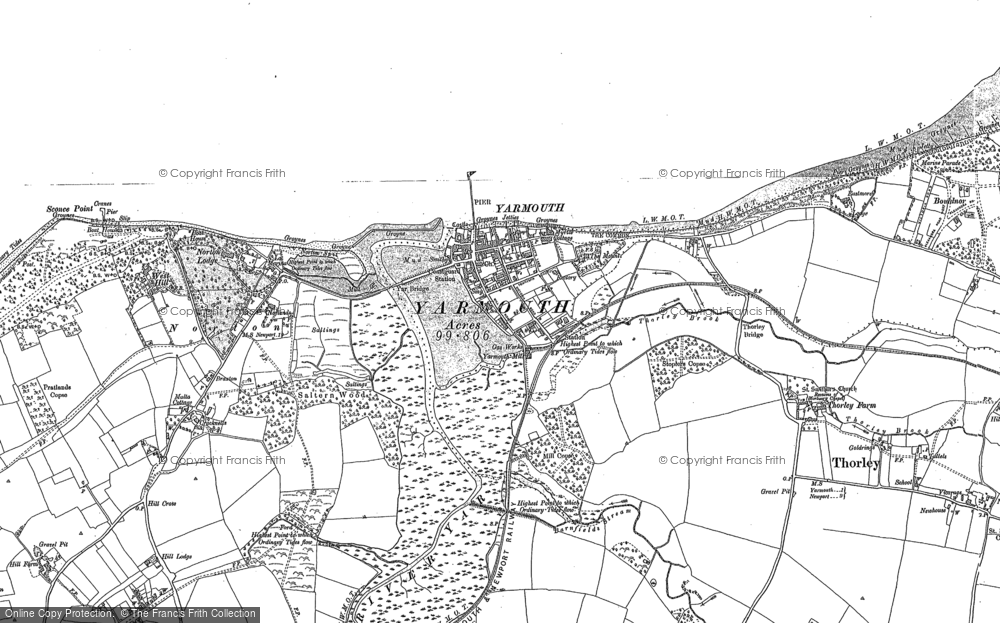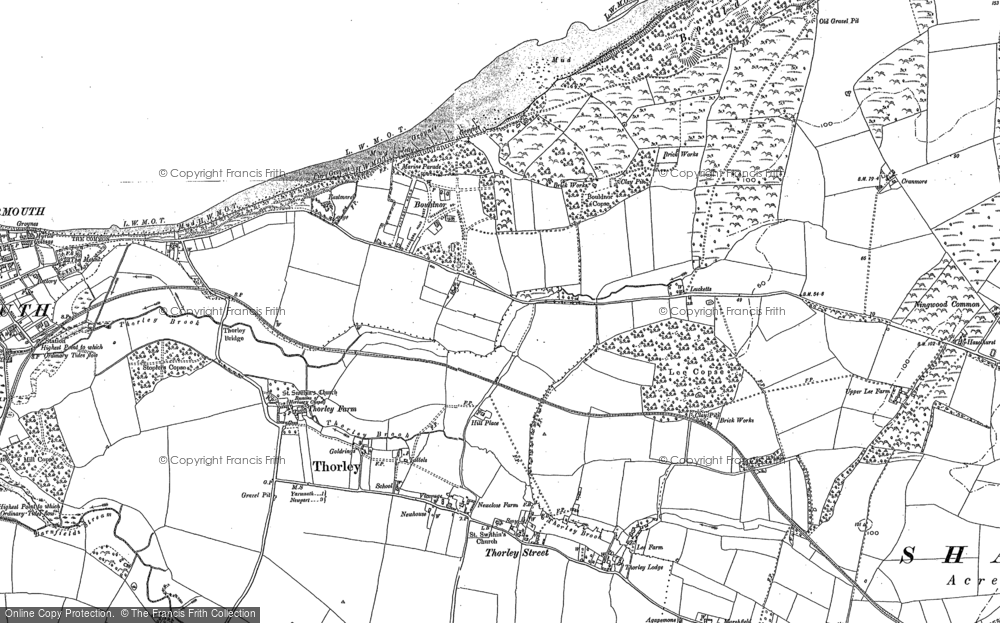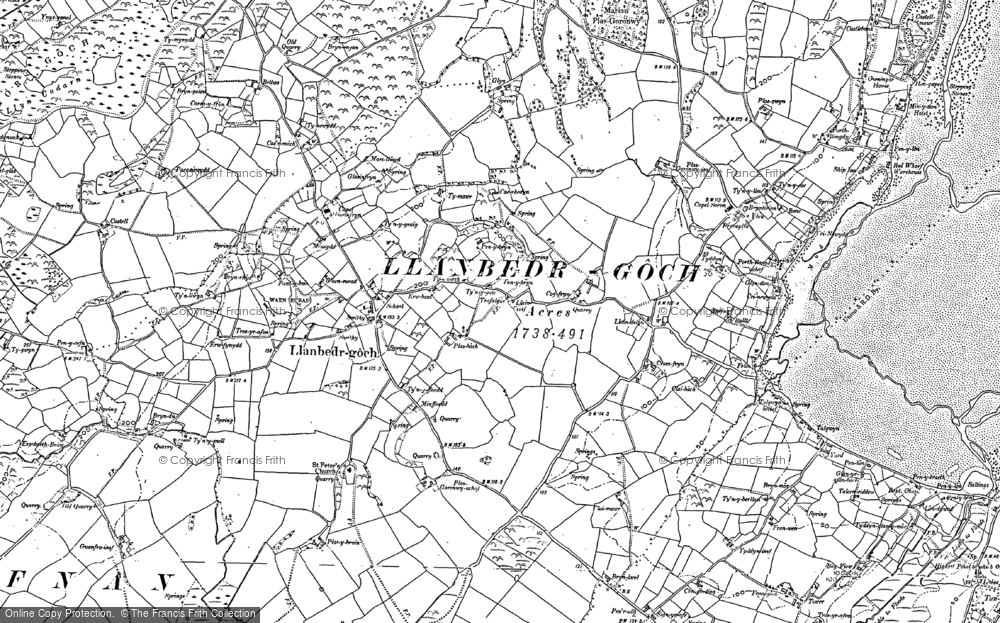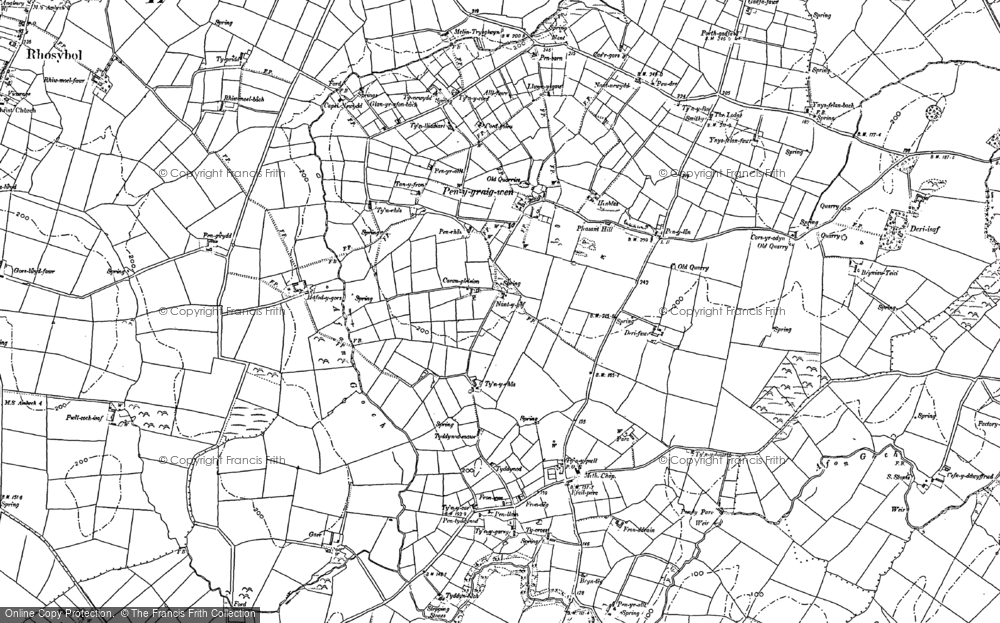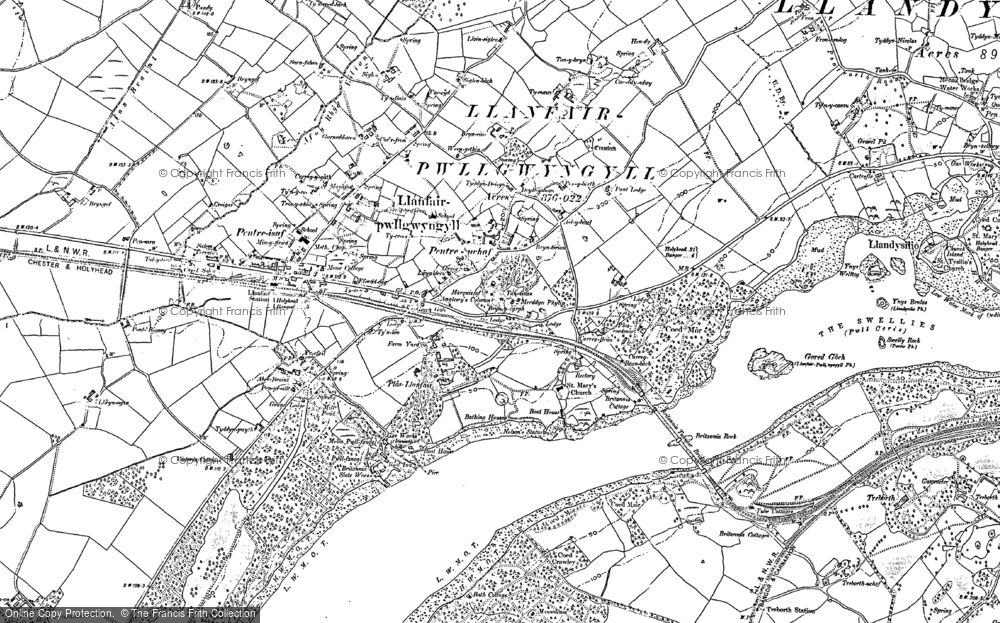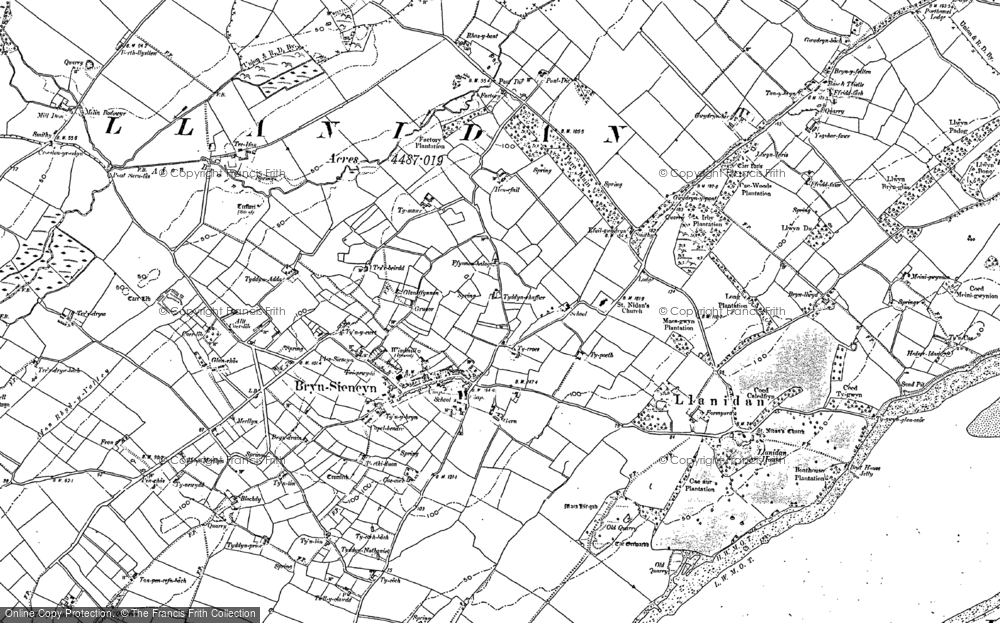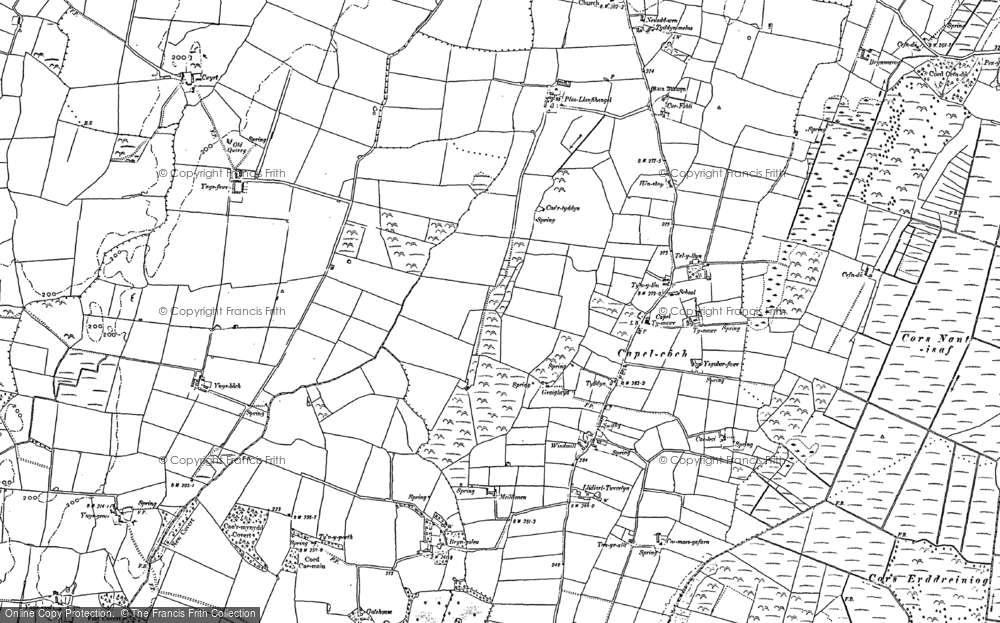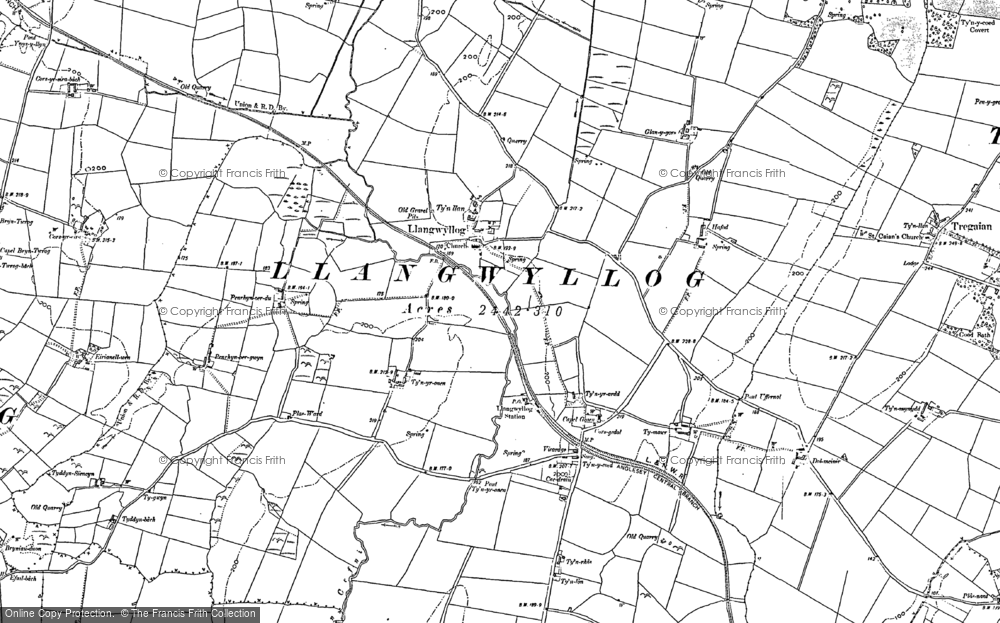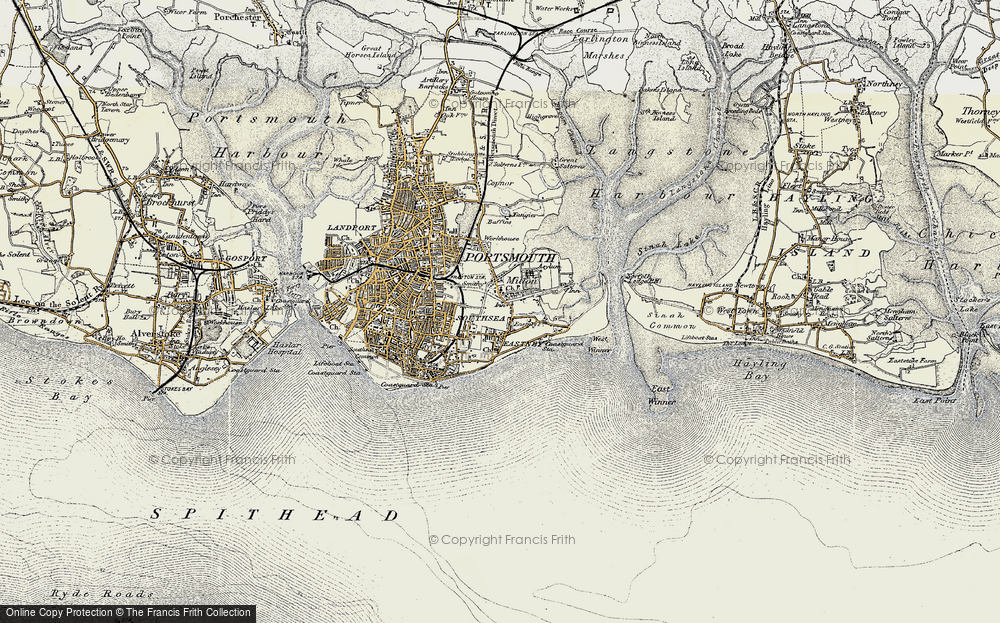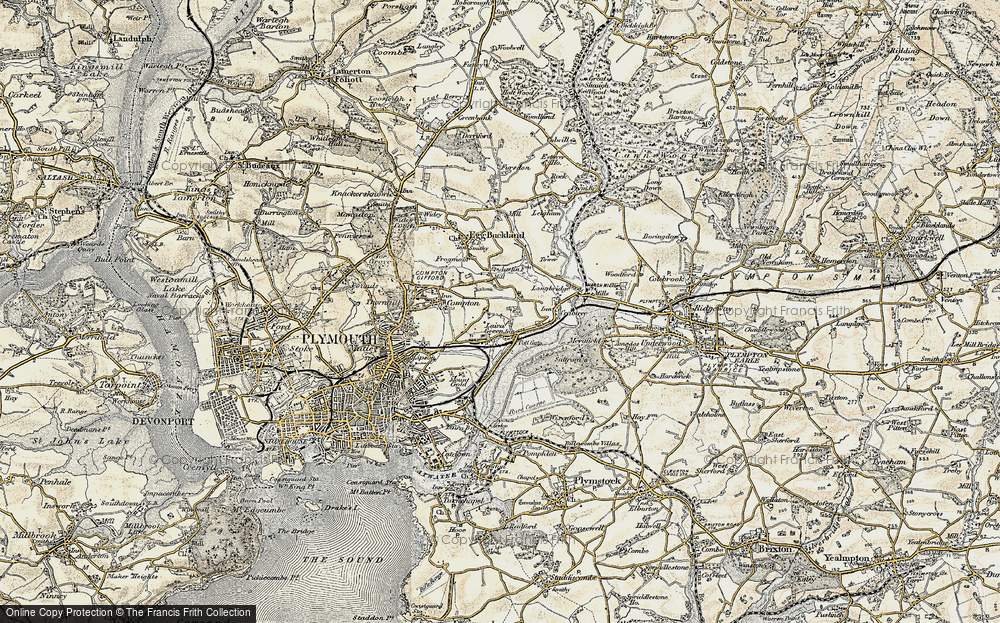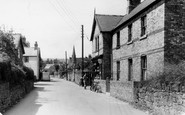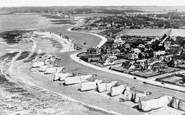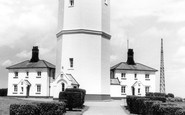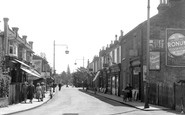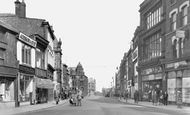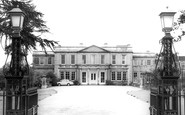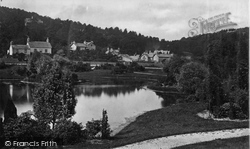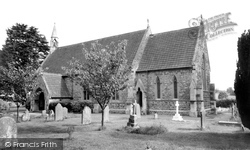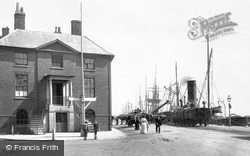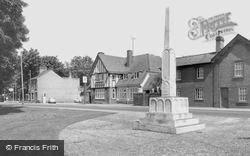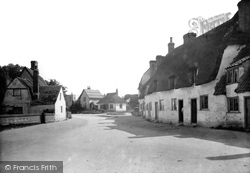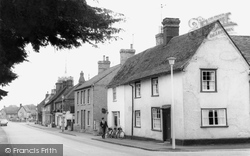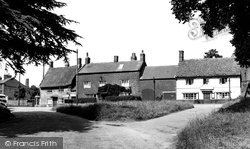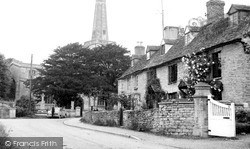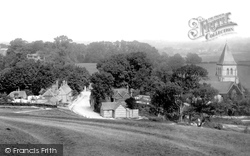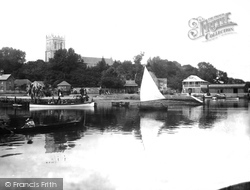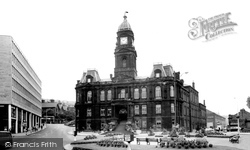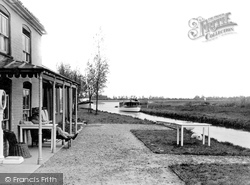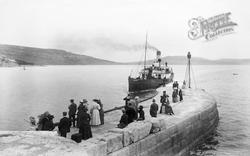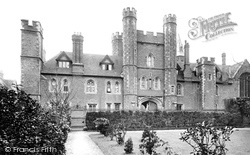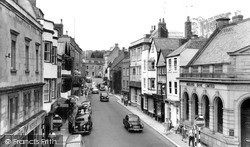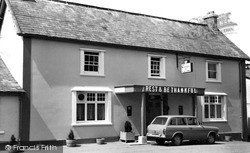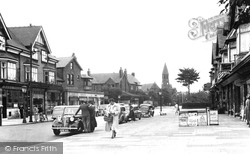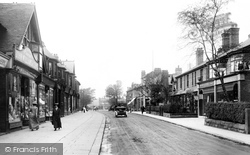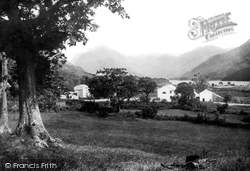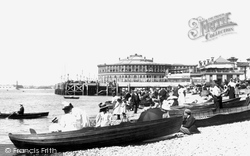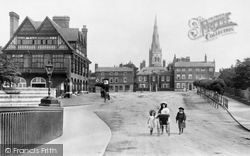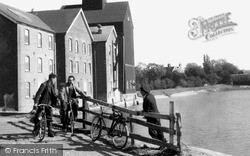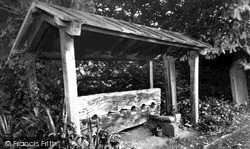Places
Sorry, no places were found that related to your search.
Photos
Sorry, no photos were found that related to your search.
Maps
7,034 maps found.
Books
163 books found. Showing results 3,385 to 3,408.
Memories
22,912 memories found. Showing results 1,411 to 1,420.
Happy Holiday Memories
I now live in Lincolnshire but my father and family are native to Weston Rhyn and many family members still live in the area. I spent many happy holidays in Weston Rhyn as a schoolboy, I stayed at my aunt's house in ...Read more
A memory of Weston Rhyn in 1956 by
My Memories Of The Coronation 2nd June 1953
My memories of the Coronation-2nd June 1953 While I was studying at the Bridgend Preparatory and Commercial School two events happened which changed the course of history for Great Britain. In ...Read more
A memory of Aberkenfig in 1953 by
Birchington & Minnis Bay
I was partly raised in Birchington during the 1950's, my Nan & Grandad and Aunts & Uncles also lived there, I would spend all my summer holidays there at my Nan's house in Park Avenue ...happy days, I still think ...Read more
A memory of Birchington in 1950
The George And Dragon Pub
I was born in the pub in 1939 and when I was eight months old my parents sold the pub to the Workington Brewery and we moved to the Qeens Head at Distington.
A memory of Uldale in 1930 by
My Mother Was Port Regis Convent
My name is Natasha Buckley, my mother was at Port Regis Convent as a child, as she had severe asthma as a young child. I think she was there from 1954 to 1961. She told me that it was a horrible place and that ...Read more
A memory of Broadstairs by
My Memories Of Addlestone
Fashion shows with a cup of tea and a biscuit in the Copop on a Saturday. When I was younger the Co-op ran a sports day and we all got a goody box with cream cakes cakes and a suprise of fruit. We shopped at Parrs at ...Read more
A memory of Addlestone by
Happy Days In Latimer
It was only two years or so, from 1959-61, aged 6-8, but it still seems as if the happiest period of my childhood in Latimer was one long, endless, glorious summer. My dad was in the army, in the King's Own Scottish ...Read more
A memory of Latimer in 1959 by
Hylands
In 1930 my mother, Mona Braithwaite, left Barnardo's to work at Hylands for Mrs Hanbury. Does anyone have any details or photographs of staff working there from1930 to 1935?
A memory of Chelmsford in 1930 by
1950s/60s
My mum, Kay Walford, was at Solihull Girls' School and Malvern, and I've found some of the magazines from the late 1950s/early 60s. Would anyone be interested in them? Or does anyone know of an ex-pupils group or local history group who ...Read more
A memory of Solihull by
Your search returned a large number of results. Please try to refine your search further.
Captions
9,654 captions found. Showing results 3,385 to 3,408.
The artificial lake occupies land formerly lapped by the sea before the railway cut it off from the shore. The houses were then just above the shoreline.
The school friends Brian Gregg, Rod Goodway, Roger Hartley, Bob Duke and Andy Rickell were discovered by pop impresario Micky Most, who lived in Wiltshire at the time.
Close to the quays at Poole is the 18th-century Harbour Office, once the Old Town House, a club for ships captains.
This magnificently carved war memorial stands at the junction of the Grantchester and Trumpington roads. The carvings on all four sides of the pillar were the work of Eric Gill.
We can see the church and the small thatched schoolroom built in about 1830; it was to become the National School.
Here we see a variety of village houses with a bicycle shop selling Raleigh bicycles, inner tubes and puncture kits. At the end of the street is the great medieval hall house, Emplins.
The building on the right was occupied by Leonard Hickham at the time of this photograph.
Situated in Church Street, St Mary's Church was originally built during the 13th century. It was enlarged in the 14th century, and its impressive narrow spire was added in the 15th century.
We are looking down to the road, the old Lewes turnpike from the slopes of the South Downs at Offham (pro- nounced 'Oaf-ham') hill; this was the mustering place of De Montfort's unfortunate Londoners
The older Saxon church of Holy Trinity then dominated the harbour scenery. The present church was begun at the end of the 11th century by the Norman cleric Roger Flambard.
This 1960s photograph shows how uncomfortably the Victorian Town Hall at Dewsbury sat with the recently-built modernistic shop and office block opposite.
It is the word used for all mooring places on the Broads, whether along the river or up an inlet.
Lynn has two market places, holding markets on different days of the week. The large stone building is the Corn Exchange, built in 1854: Ceres, the goddess of plenty, stands at the top.
A guidebook from this time advised visitors to Lyme to arrive by sea, for 'the journey by land is too tedious to be undertaken for pleasure'.
It was one of the first colleges to be built in red brick at the time when the rather expensive fashion of imported stone began to decline.
Much of Sadler Street developed in the 14th century. At the bottom right is Dean's Eye, a gateway built in 1453.
Standing at a crossroads on the ridge between Exmoor and the Brendon Hills, the long haul up the turnpike from Bampton or Minehead gave both the hill and this inn its well-earned name.
A lady checks her list as she makes her rounds of the shops.
In those days the nearest AA recommended hotel was the Unicorn at Altrincham, a fourteen-bed establishment with garaging for two automobiles.
The hamlet at the foot of Buttermere in the western Lake District takes its name from the lake; it is still the farming settlement it has always been.
Not surprisingly, everyone in the picture is fully dressed. During the prim Victorian era, to discard even one item of clothing would have been unthinkable.
We are looking up Beast Market Hill from the Newark side of the bridge.
The bicycle was still a very important mode of transport when this photograph was taken. The brick-built buildings look as if they will last for another century at least.
A fine example of a village stocks is to be seen at West Monkton, sheltered beneath the yews of the churchyard. Notice the whipping post on the right.
Places (0)
Photos (0)
Memories (22912)
Books (163)
Maps (7034)


